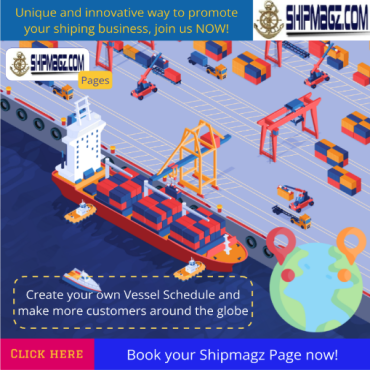Samsung Heavy Celebrates Maiden Voyage of Designed-in-Korea LNG Tank

Background & Context
The global LNG-carrier market uses highly specialized containment tanks capable of storing LNG at cryogenic temperatures (around -260 °F). The dominant technology in recent decades is the membrane-type system developed by GTT, which includes a stainless steel liner and insulation layers. For each LNG carrier built using GTT technology, shipyards pay substantial licensing fees—roughly five percent of the ship’s price, which can amount to billions of dollars in aggregate.
South Korean shipyards, though adept at building LNG carriers, have lacked full proprietary rights to the prevailing membrane‐tank technology and thus have depended on external licensing.
New Development
Samsung Heavy Industries has developed a new Korean-designed tank system, the “KC-2C” membrane system, following earlier efforts (such as the “KC-1”) that encountered technical issues (e.g., insulation “cold spots”) and led to arbitration losses. The new system reportedly uses high-spec robotic welding to assemble tank panels, thereby reducing variability in human workmanship and improving reliability.
Initially, the company tested the technology on smaller vessels: a bunkering barge and then a 7,500-cubic-metre bunkering ship named “Blue Whale”.
Maiden Voyage & Significance
The recent news: The first vessel equipped with the new Korean tank design has completed its maiden voyage — a coast-wise transit of about 120 nautical miles from Tongyeong to Jeju in South Korea — indicating the system is now operational in real-world service. Samsung describes this as a major milestone toward commercialization and global competitiveness.
The long-term objective is to scale the technology to full-sized LNG carriers (e.g., 174,000 cubic metres) and compete directly with GTT‐equipped vessels in the global market.
Challenges & Outlook
Developing a proven alternative to GTT’s membrane system is difficult because LNG tanks must operate reliably at extremely low temperatures and cannot leak; past failures (both globally and in Korea) demonstrate the stakes. If successful, the Korean tank design could reduce royalty outflows, improve domestic value capture for shipbuilders, and boost Korea’s competitive position in LNG‐carrier construction.










